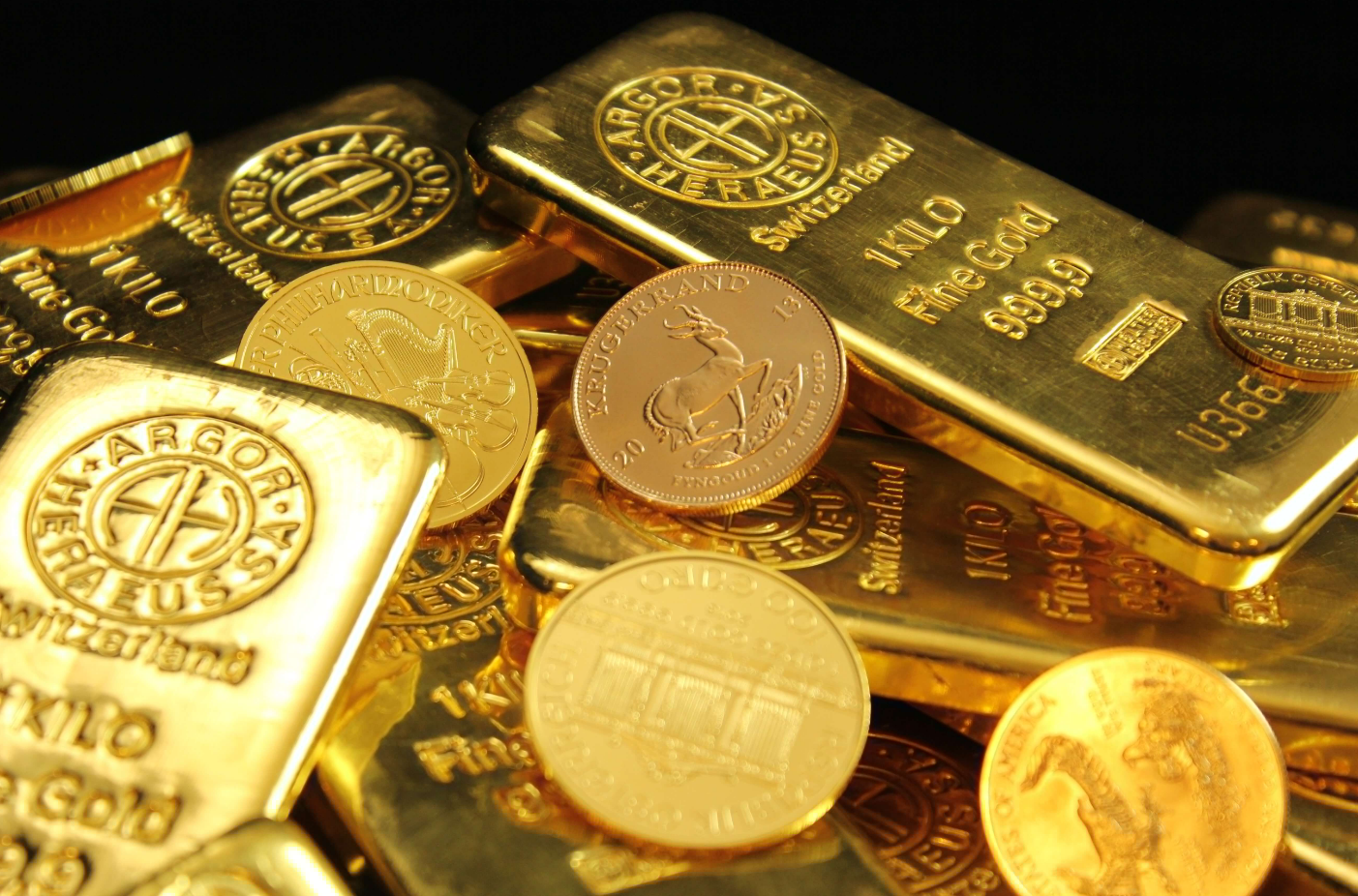
The Allure of Gold: A Timeless Investment
Gold has been revered throughout history for its beauty, rarity, and various uses. From ancient civilizations to modern economies, gold has played a significant role as both a symbol of wealth and a medium of exchange. This precious metal's allure can be attributed to its unique properties and historical significance, making it a desirable asset in times of both prosperity and adversity.
Historical Significance
Throughout history, gold has been associated with power and prosperity. Ancient Egyptians, for instance, adorned their pharaohs with gold jewelry and artifacts, believing it to be the flesh of the gods. The discovery of gold in places such as California and South Africa during the 19th century led to massive migrations and economic booms, known as gold rushes. These events not only shaped economies but also influenced social structures and migration patterns.
In the modern era, countries have used gold to back their currencies, with the gold standard serving as a basis for international trade until the mid-20th century. Although fiat currency systems are now more common, gold retains its value and continues to be seen as a safe haven during economic uncertainty.
Physical Properties of Gold
Gold's appeal is not only historical but also rooted in its physical properties. It is malleable, ductile, and resistant to corrosion, making it an ideal material for crafting intricate jewelry and durable electronics. Gold does not tarnish or rust, which enhances its attractiveness as a symbol of eternal beauty.
The metal's distinctive luster and color have made it a favorite among artisans and craftsmen for centuries. From delicate chains to elaborate sculptures, gold has been shaped into countless forms, serving both decorative and functional purposes.
Gold as an Investment
In the realm of finance, gold is seen as a hedge against inflation and currency devaluation. When economic turmoil arises, investors often flock to gold as a stable investment, which can protect wealth when other markets are volatile. Exchange-traded funds (ETFs), gold stocks, and physical bullion are common ways individuals and institutions invest in gold.
Furthermore, gold has historically maintained its value over the long term, making it an attractive option for wealth preservation. Unlike paper currency, which can lose value due to inflation, gold retains its purchasing power, making it a strategic choice for those planning for the future.
Modern Trends and Innovations
The demand for gold continues to evolve, particularly in emerging markets like India and China, where rising incomes have led to increased purchases of gold jewelry and investment. Technological advancements have also influenced the industry, with innovations such as gold recycling and improvements in mining techniques making gold more accessible.
Moreover, the growing popularity of cryptocurrencies has introduced new dynamics in the investment landscape. Some investors see digital currencies as an alternative to gold, while others believe gold remains a fundamental asset that should complement a diversified portfolio.
Conclusion
Gold's timeless allure—rooted in its historical significance, unique physical properties, and role as a reliable investment—continues to captivate people around the world. Its status as a symbol of wealth and security endures, making gold a precious asset in both personal and global economies. As we move forward in an increasingly complex financial landscape, gold remains a beacon of stability, reflecting humanity's enduring fascination with this remarkable metal.
article by imageoss is licensed under CC BY-NC-ND 4.0